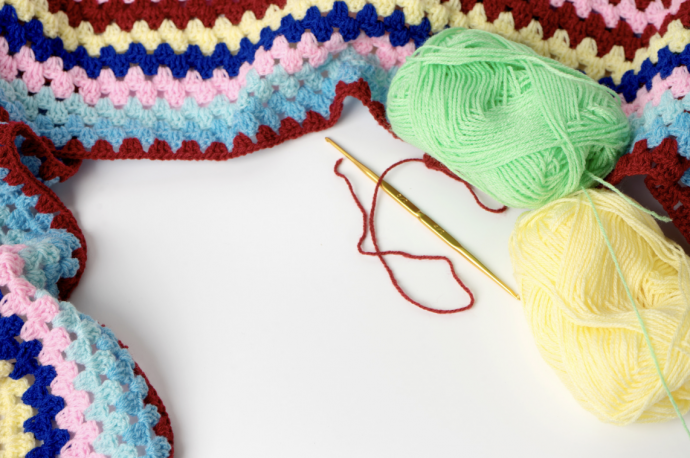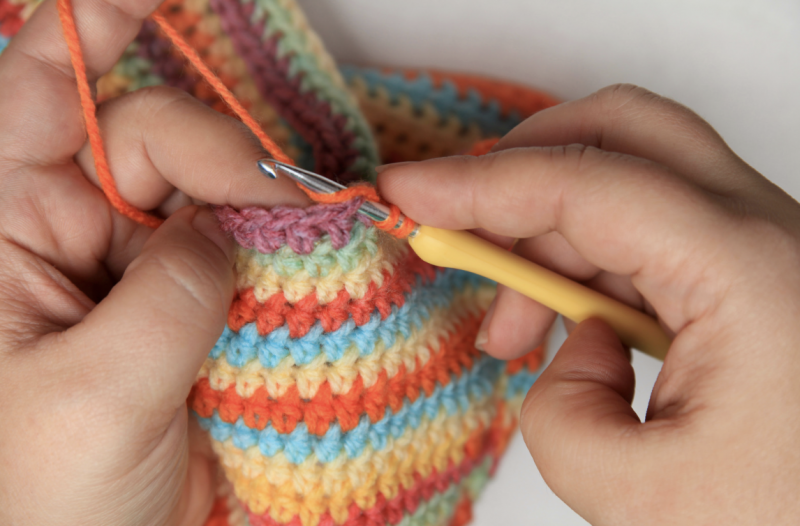7 Different Methods for Changing Color In Your Crochet Projects

Crochet projects often come to life with the vibrant colors we choose. Whether you're working on a blanket, scarf, or amigurumi, changing colors can add depth and visual interest to your crochet creations. The process of changing colors may seem daunting at first, but with a little guidance, it can become an enjoyable and creative aspect of your crochet journey. In this article, we'll explore seven different methods for changing color in your crochet projects, each offering its own unique effect.

1. Slip Stitch Method: One of the simplest methods, the slip stitch method involves completing a slip stitch with the new color in the last stitch of the previous color. This creates a clean and neat color change, perfect for projects with distinct color blocks.
2. Invisible Join Method: Also known as the seamless join, this method creates an invisible transition between colors, eliminating any noticeable seam. Instead of using a slip stitch, you'll use a technique that creates a seamless, polished finish.
3. Join-As-You-Go Method: Particularly useful for projects with motifs or granny squares, the join-as-you-go method allows you to connect your squares or motifs together while changing colors. This method saves time and minimizes the need for additional sewing or weaving in ends.
4. Standing Stitch Method: The standing stitch method is a great option when you want to start a new color without using a slip knot or joining chain. Instead, you begin with a standing stitch directly in the desired stitch, seamlessly transitioning to the new color.
5. Tapestry Crochet Method: Tapestry crochet involves carrying multiple colors of yarn across your work to create intricate color patterns. By working over the unused colors, you can create beautiful motifs and designs. This method requires careful tension control and may be better suited for more advanced crocheters.
6. Intarsia Method: Often used in colorwork crochet, the intarsia method allows you to work with large blocks of color, similar to knitting. With this method, you use separate bobbins or small balls of yarn for each color section, twisting them at color changes to prevent gaps or holes.
7. Overlay Method: The overlay method is commonly used in projects with textured designs or surface crochet embellishments. By working additional stitches or slip stitches in a contrasting color over your base fabric, you can create intricate patterns and add depth to your crochet work.
Each of these methods offers its own advantages and is suited for different types of projects. Experimenting with different color-changing techniques can help you develop your crochet skills and bring your creative vision to life. Remember to practice and swatch with different methods to find the one that works best for you and your project. With time and experience, you'll master the art of changing colors in crochet and unleash a whole new world of possibilities in your projects.

Could you please show me how to do the crochet joins?
Like to learn the join as you go method
Videos of each of the crochet joining methods would have been very helpful.
I would really like to see how to work these joins. Just getting a stitch name is not helpful.